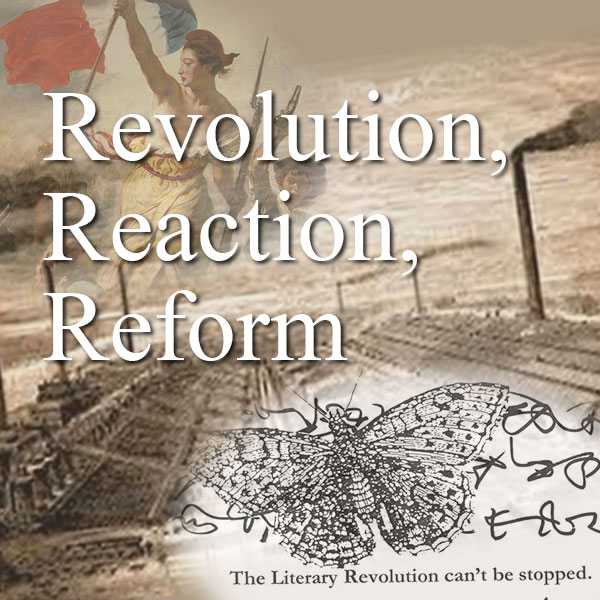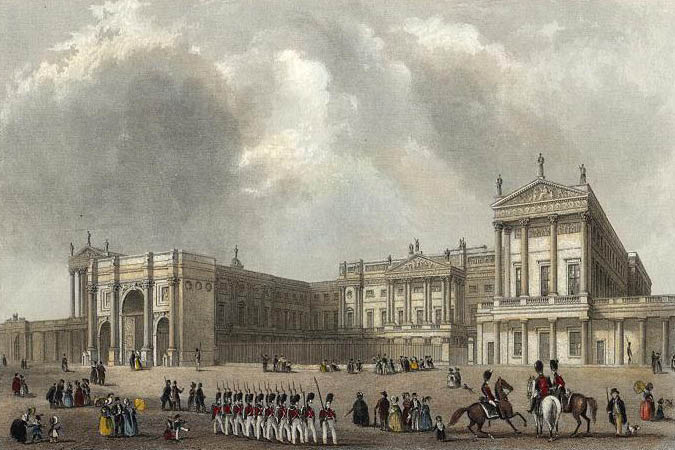Scotland is a part of the United Kingdom that makes up a little over a third of its total landmass and has a rough history with its sovereign nation. However, that history isn’t particularly important to the context of talking about the poetry of Robert Burns, who is considered the figurehead of poetry to come from Scotland. Burns placed a focus on the Scot’s dialect when writing his poetry, which is what gained him acclaim amongst those outside of Scotland. The dialect was something seen as beneath the common tongue, which made people elevate his examples of producing things of literary value within it. His writings are considered some of the foundational works of the Romanticist movement in literature, which prioritized sensational writing, and experimented in empathy towards figurative objects.
https://en.wikipedia.org/wiki/Robert_Burns
https://en.wikipedia.org...

 British Literature II: Revolution, Reaction, Reform examines British literature from the late eighteenth century to the present, a period that witnessed the American and French Revolutions, slave revolts such as the Haitian Revolution, a “revolution in female manners,” the Industrial Revolution, the twentieth-century revolutionary wave in Europe, as well as World War I and World War II, and, of course, artistic revolutions. We will consider how the authors and literary works of this period might be reacting to change, advocating for reform, or participating in literary revolutions—whether revolution is understood in the sense of “revolving” or of “revolting,” going full circle to return to a previous (more perfect?) time or experiencing/effecting a great alteration or rupture.
British Literature II: Revolution, Reaction, Reform examines British literature from the late eighteenth century to the present, a period that witnessed the American and French Revolutions, slave revolts such as the Haitian Revolution, a “revolution in female manners,” the Industrial Revolution, the twentieth-century revolutionary wave in Europe, as well as World War I and World War II, and, of course, artistic revolutions. We will consider how the authors and literary works of this period might be reacting to change, advocating for reform, or participating in literary revolutions—whether revolution is understood in the sense of “revolving” or of “revolting,” going full circle to return to a previous (more perfect?) time or experiencing/effecting a great alteration or rupture.
